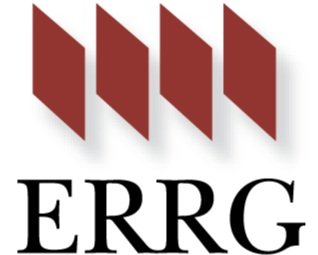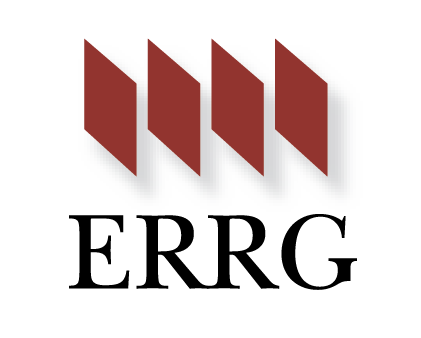IMF Risk Reduction Program
Client: Lawrence Livermore National Laboratory (LLNL)
Project Overview: ERRG, under subcontract to an LLNL Prime contractor, demolished and removed radiological and other hazardous materials, equipment, and facilities at seven sites within the LLNL campus. These buildings ranged in size from 584 square feet to more than 30,000 square feet under roof. The buildings were used for a variety of research programs, including uranium isotope separation; experiments in radiochemistry; laboratory spaces for studying Biosafety Class 1 and 2 organisms; and housing the Water Boiler Neutron Source Reactor. The remaining buildings were used for a variety of research uses and administration.
Our scope of services included characterization; building deactivation, removal of universal hazardous wastes and process-contaminated radiological waste; waste packaging; demolition of ancillary support systems, including material and equipment supply lines; and building demolition. Work was conducted near live utilities requiring deactivation and thorough verification of utility air gaps. Additionally, undocumented buried utility vaults and sumps were discovered that required deactivation and modifications to planned work sequencing. All work was safely performed adjacent to active operations and buildings with pedestrian and vehicle traffic.
Waste management operations involved characterization and disposal of asbestos and universal waste (i.e., LBP, fluorescent light bulb ballasts, PCBs, mercury, and beryllium-contaminated metals). Most other materials from the demolition process were disposed as nonhazardous construction debris, concrete, and asphalt at the Altamont Landfill in Livermore, CA. Selected asphalt and concrete recycled at Vulcan Materials in Pleasanton, CA. Hazardous waste streams were carefully segregated to minimize the volume of hazardous waste to be disposed. To the extent possible, clean metal and lead-contaminated metal debris was identified and recycled off site. Roof-mounted HVAC systems and HEPA filters were packaged in accordance with LLNL Radioactive Hazardous Waste Management (RHWM) group requirements.
Distinctive/Unique Features: Over the course of completing this contract, ERRG executed the work in accordance with DOE standards and LLNS safety, security, and work planning and control requirements, including interfacing with the LLNS Radioactive Hazardous Waste Management (RHWM) group. Work was performed on active, highly congested sites in compliance with all LLNS requirements and milestone completion dates.
Challenges/Solutions: At two buildings, when assessing the foundations, the crew found they were significantly thicker than anticipated. ERRG’s project manager refocused the crew on other project tasks while new equipment was shipped to the site to address the thick foundation. Also, when ERRG discovered that one of the modular units could not be easily transported, we updated our technical approach to allow the trailer to be moved more easily. There were no major delays in the schedule due to the quick action of ERRG’s project manager. Based on these project challenges, ERRG was reminded of the importance of field verifying all information provided in historic documents.
““As the Legacy Facility Program Manager at Lawrence Livermore National Laboratory, I’ve had the pleasure of working with ERRG over the past 4 years on a number of disposition projects. At all times I have found the ERRG staff to be very knowledgeable, professional, safe and responsive. All projects have been executed within agreed upon Schedule, Scope and Cost. We have built a high level of trust with ERRG’s ability, looking forward to collaborating further with them on future projects.””




